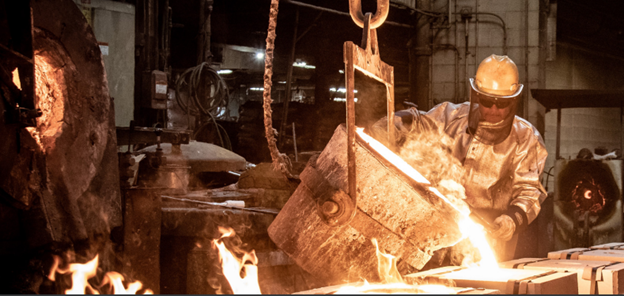It’s an age-old question for original equipment manufacturers (OEMs) – are the cost savings from offshore outsourcing worth the potential supply chain risk? Lower cost regions and countries can seem appealing from a profit margin standpoint. But in our experience, the longer the supply chain, the more the total cost of production can increase, and the higher the risk for something to go wrong that cannot be easily handled from far away.
Many manufacturers have felt this strain during the COVID pandemic, with overseas shipments halted. Ports are overrun with product, causing bottlenecks in domestic freight, and in some cases charging $1,500 fees for container space. But before those challenges come into play, let’s talk about quality.
Stainless Foundry & Engineering (SF&E) has worked with many manufacturers domestically who have struggled with an overseas partner – both prior to and during COVID. Our technical expertise and proximity to our OEM customers have helped us take over failing projects, successfully produce parts, and get quality products into their hands. The following are two stories of common risk scenarios we have helped our customers overcome. In the end, we were able to save the customers money, even with a higher cost per part.




